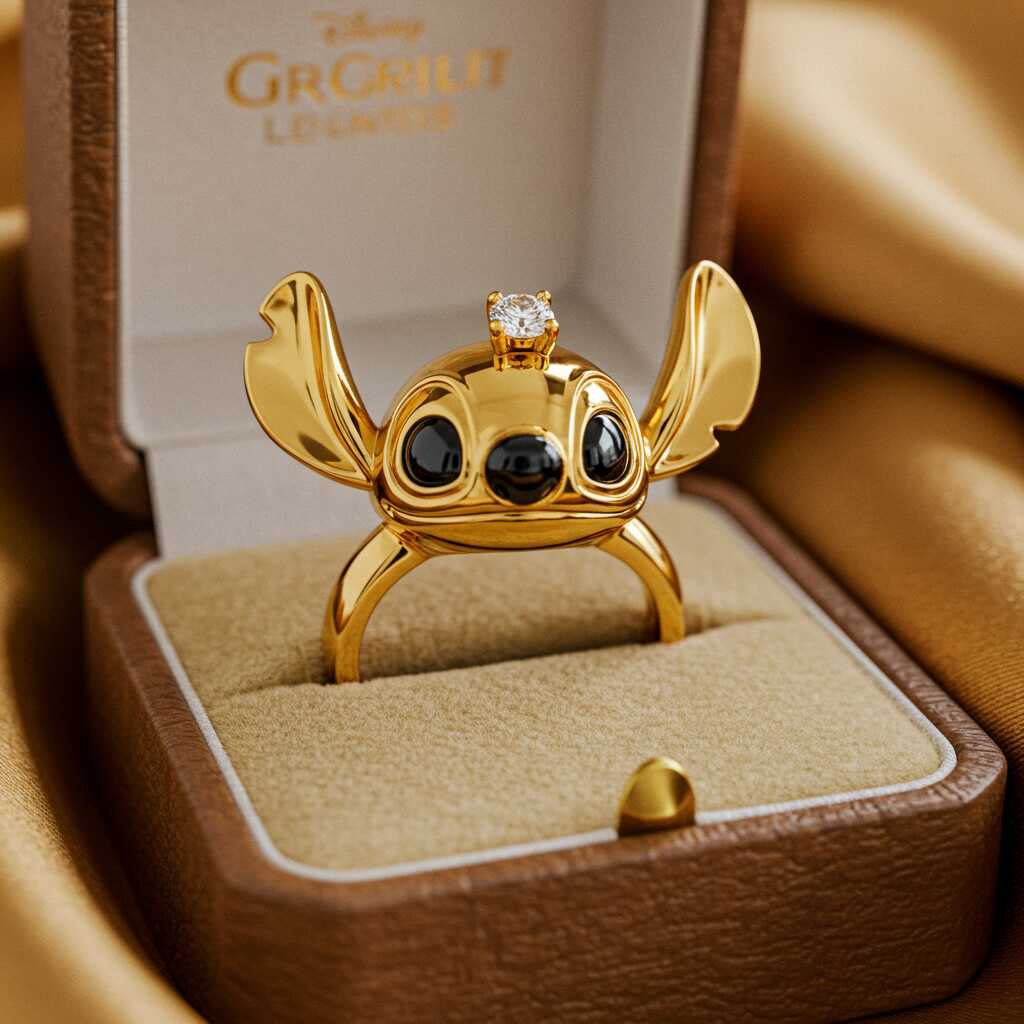In the ever-evolving world of jewelry design, creativity and innovation continue to push boundaries. From classic pieces that stand the test of time to avant-garde designs that capture fleeting cultural moments, themed jewelry has become a canvas for self-expression and storytelling. One of the most intriguing trends in recent years is the emergence of Stitch Shaped Ring. These unique pieces, inspired by the art of embroidery and sewing, have captured the imagination of designers and enthusiasts alike. This article delves into the phenomenon of stitch-shaped rings, exploring their origins, symbolism, craftsmanship, and cultural significance. Through this exploration, we aim to understand why these intricate designs have become a defining trend in contemporary jewelry.
Introduction: A New Era of Themed Jewelry
Themed jewelry has always been a reflection of societal values, artistic movements, and personal narratives. In the past, themes often revolved around nature, mythology, or historical motifs. However, the modern era has seen a shift towards more unconventional inspirations, with everyday objects and crafts taking center stage. Among these, the stitch-shaped ring stands out as a testament to the fusion of traditional craftsmanship and contemporary aesthetics.
The concept of stitch-shaped rings draws inspiration from the delicate art of stitching and embroidery, which have long been associated with patience, precision, and creativity. These rings reimagine the humble stitch—a fundamental element of textile creation—as a symbol of interconnectedness, resilience, and beauty. By translating the tactile texture of thread into precious metals and gemstones, designers are creating pieces that are both visually striking and deeply meaningful.
This trend is not merely about novelty; it represents a broader movement within the jewelry industry to celebrate the overlooked and the mundane. By elevating something as simple as a stitch to the realm of fine jewelry, designers are challenging conventional notions of luxury and inviting wearers to find beauty in unexpected places. As we explore the rise of stitch-shaped rings, we will uncover the layers of meaning behind these intricate designs and their growing appeal in today’s creative landscape.
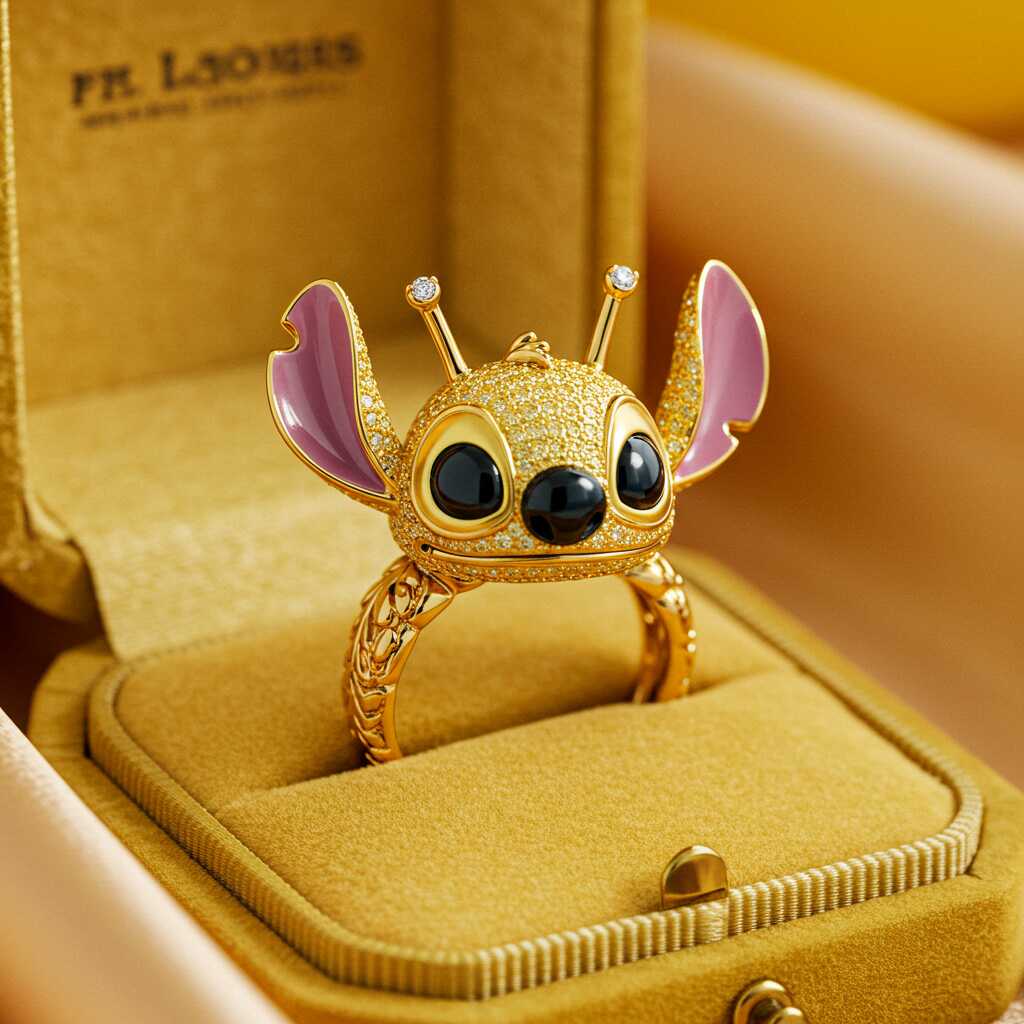
The Art of Craftsmanship: Translating Stitches into Metal
At the heart of every stitch-shaped ring lies an extraordinary feat of craftsmanship. Transforming the fluidity and softness of a thread into the rigid structure of metal requires a deep understanding of both materials and techniques. Designers often begin by studying the anatomy of a stitch—its curves, loops, and intersections—to capture its essence in a three-dimensional form. This process is akin to sculpting, where every detail must be meticulously rendered to evoke the organic feel of fabric.
One of the challenges in creating stitch-shaped rings is achieving a balance between realism and abstraction. While some designs strive for hyper-realism, replicating the exact appearance of a hand-stitched thread, others take a more interpretive approach, using geometric lines and minimalist forms to suggest the idea of stitching. Regardless of the style, the goal is to convey the tactile quality of thread while maintaining the elegance and durability expected of fine jewelry.
Techniques such as filigree, engraving, and micro-pavé play a crucial role in bringing these designs to life. Filigree, for instance, allows artisans to create intricate lace-like patterns that mimic the delicate interplay of threads. Engraving adds depth and texture, enhancing the illusion of woven fibers, while micro-pavé introduces subtle sparkle through the strategic placement of tiny gemstones. Some designers even incorporate enamel or colored metals to emulate the vibrant hues of embroidery threads, further enriching the visual narrative.
The choice of materials also plays a significant part in the storytelling aspect of stitch-shaped rings. Gold, silver, and platinum are commonly used due to their malleability and ability to hold intricate details. However, alternative materials like titanium or ceramic are gaining popularity for their modern aesthetic and lightweight properties. Each material brings its own character to the design, influencing how the piece is perceived and experienced by the wearer.
Ultimately, the craftsmanship behind stitch-shaped rings is a celebration of human ingenuity and skill. It honors the age-old tradition of working with one’s hands while embracing the possibilities of contemporary technology. Whether created through age-old techniques or cutting-edge innovations, these rings serve as a testament to the enduring power of craftsmanship in shaping our connection to the world around us.
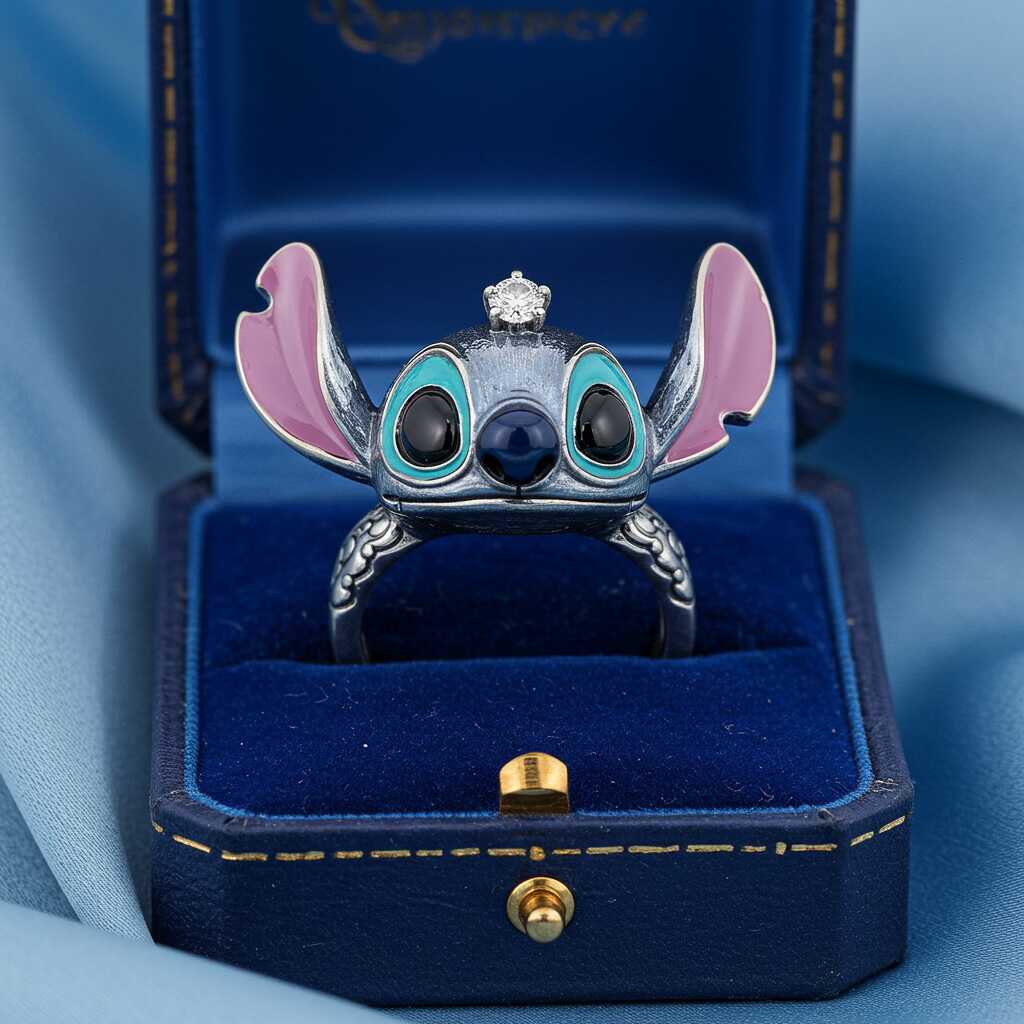
Symbolism and Cultural Significance: The Deeper Meaning of Stitch-Shaped Rings
Beyond their aesthetic appeal, stitch-shaped rings carry profound symbolic meanings that resonate with wearers on a personal and cultural level. At its core, the act of stitching is inherently tied to ideas of connection, healing, and continuity. Threads weave together disparate elements to create something whole, much like the way relationships and experiences bind individuals to their communities and histories. This metaphorical richness makes stitch-shaped rings particularly evocative, as they encapsulate the essence of unity and resilience.
In many cultures, sewing and embroidery have historically been regarded as acts of care and devotion. Passed down through generations, these skills often carry emotional weight, representing familial bonds and shared traditions. A stitch-shaped ring, therefore, can serve as a wearable reminder of these connections, honoring the legacy of those who came before while celebrating the present moment. For some, it may symbolize the mending of broken relationships or the healing of personal wounds, embodying the belief that even the smallest efforts can lead to profound transformation.
Moreover, the rise of stitch-shaped rings aligns with a broader cultural shift towards valuing authenticity and imperfection. In an era dominated by mass production and digital perfection, there is a growing appreciation for handmade objects that bear the marks of their creation. The irregularities and idiosyncrasies of a stitch-shaped ring reflect the beauty of the human touch, reminding wearers of the value of individuality and effort. This ethos resonates deeply with contemporary movements that champion sustainability, mindfulness, and slow living.
On a more universal level, stitch-shaped rings also tap into the timeless theme of storytelling. Just as stitches hold fabric together, stories connect people across time and space. These rings invite wearers to imagine the narratives behind their design—perhaps inspired by ancestral heirlooms, childhood memories, or global craft traditions. In doing so, they become vessels for personal and collective histories, bridging the gap between past and present.
The versatility of stitch-shaped rings further enhances their cultural significance. Whether worn as a standalone statement piece or layered with other jewelry, they adapt to the wearer’s unique style and personality. This adaptability mirrors the fluid nature of identity and culture, emphasizing the importance of embracing change while staying rooted in one’s values. Ultimately, stitch-shaped rings transcend mere adornment, offering a powerful medium for expressing what it means to be human in an increasingly complex world.
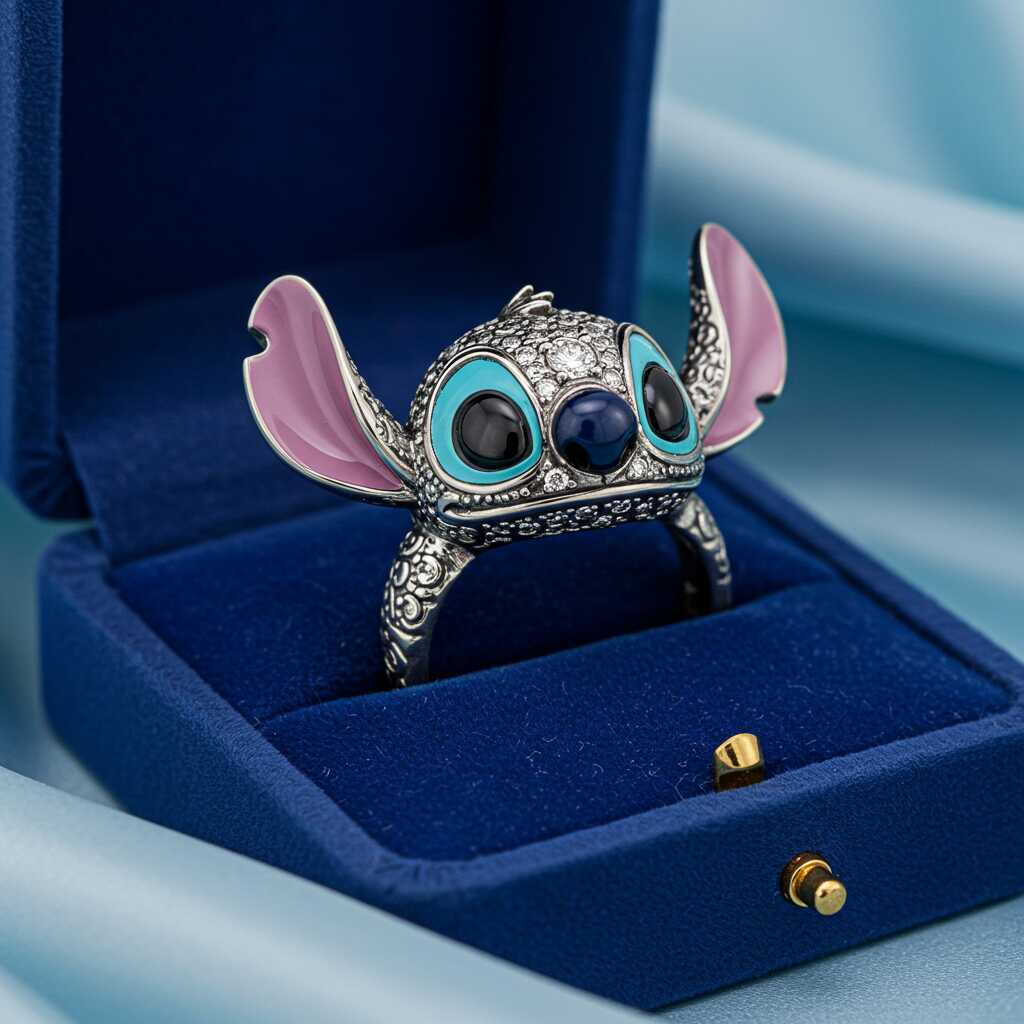
The Intersection of Tradition and Innovation: Stitch-Shaped Rings as a Cultural Bridge
The allure of stitch-shaped rings lies not only in their intricate designs but also in their ability to bridge the gap between tradition and innovation. These pieces serve as a testament to how age-old practices can be reimagined through a modern lens, creating something that feels both nostalgic and groundbreaking. By drawing inspiration from embroidery—a craft deeply embedded in cultural heritage—designers are able to preserve traditional techniques while infusing them with contemporary relevance.
Embroidery has long been a medium for storytelling across cultures. From the elaborate patterns of Indian kantha work to the geometric precision of Scandinavian folk art, stitching has been used to convey identity, status, and community. In many societies, embroidered textiles were more than just decorative items; they were imbued with symbolic meanings, often serving as talismans or markers of significant life events. By translating these motifs into stitch-shaped rings, designers are paying homage to this rich legacy while making it accessible to new generations.
This blending of old and new is particularly evident in the way designers approach the concept of texture. Traditional embroidery relies on the interplay of threads to create depth and dimension, a quality that is notoriously difficult to replicate in metal. However, advancements in jewelry-making technology have made it possible to achieve remarkable levels of detail. Techniques such as 3D printing and laser engraving allow artisans to experiment with forms that were once impossible to execute by hand. These innovations enable the creation of stitch-shaped rings that are not only visually stunning but also tactile, inviting wearers to engage with the piece on a sensory level.
At the same time, the resurgence of interest in handmade goods has inspired many designers to incorporate traditional methods into their work. Hand-engraving, for example, remains a popular choice for adding intricate details to stitch-shaped rings. This labor-intensive process requires immense skill and patience, qualities that resonate with the ethos of embroidery itself. By combining modern tools with time-honored techniques, designers are able to strike a delicate balance between efficiency and artistry, ensuring that each piece retains its unique character.
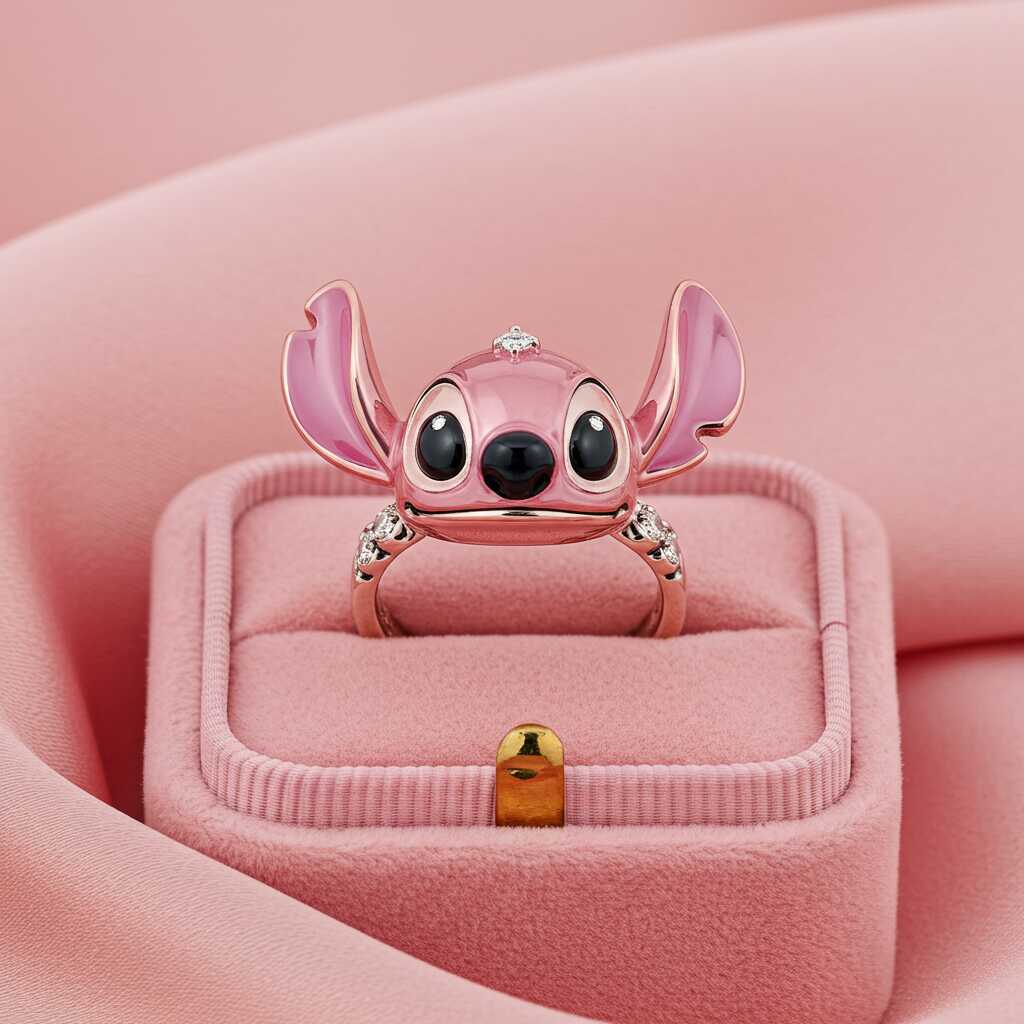
The cultural significance of stitch-shaped rings extends beyond their design and craftsmanship. They also serve as a reflection of broader societal trends, particularly the growing emphasis on sustainability and ethical consumption. In an era where fast fashion dominates, embroidery and other slow crafts remind us of the value of taking time to create something meaningful. Stitch-shaped rings embody this philosophy by encouraging wearers to appreciate the effort and intention behind each piece. They challenge the disposable mindset that has come to define much of modern consumer culture, instead promoting a more mindful approach to adornment.
Furthermore, stitch-shaped rings have the potential to foster cross-cultural dialogue. As designers draw inspiration from diverse embroidery traditions, they create opportunities for people to learn about and celebrate different heritages. For instance, a ring inspired by Japanese sashiko stitching might introduce wearers to the principles of simplicity and functionality that underpin this centuries-old technique. Similarly, a design influenced by Mexican Otomi embroidery could spark curiosity about the vibrant symbolism and folklore associated with this art form. In this way, stitch-shaped rings act as ambassadors of cultural exchange, encouraging greater understanding and appreciation of global craftsmanship.
Ultimately, the intersection of tradition and innovation in stitch-shaped rings highlights the dynamic nature of creativity. These pieces remind us that the past and the present are not mutually exclusive; rather, they coexist in a continuous cycle of influence and reinvention. By honoring the legacy of embroidery while embracing contemporary possibilities, designers are crafting jewelry that is as meaningful as it is beautiful. This duality ensures that stitch-shaped rings will continue to captivate audiences for years to come, serving as a timeless reminder of the power of art to connect us across time and space.
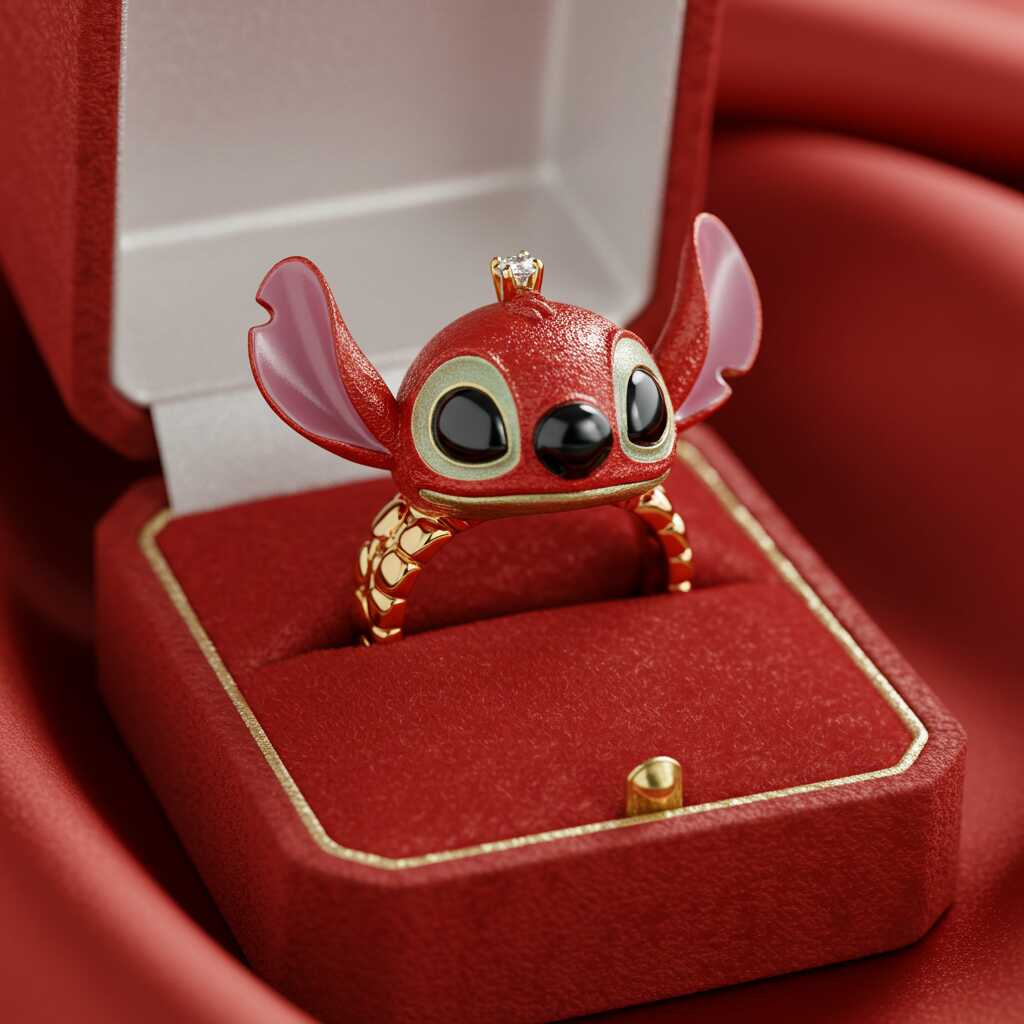
Conclusion: The Enduring Legacy of Stitch-Shaped Rings
The rise of stitch-shaped rings represents more than just a fleeting trend; it signifies a profound evolution in the way we perceive and interact with jewelry. These intricate designs challenge traditional notions of luxury by celebrating the beauty of the ordinary and the artistry of the handmade. Through their craftsmanship, symbolism, and cultural resonance, stitch-shaped rings invite us to reconsider the stories we tell through the objects we wear.
As the jewelry industry continues to evolve, it is likely that themes inspired by everyday life will gain even greater prominence. The success of stitch-shaped rings underscores a growing desire for pieces that are not only visually captivating but also rich in meaning and intent. By drawing inspiration from the tactile and the familiar, designers are forging deeper connections between wearers and their creations, fostering a sense of authenticity and belonging.
Looking ahead, the legacy of stitch-shaped rings will undoubtedly endure, serving as a reminder of the power of creativity and the enduring allure of storytelling. Whether viewed as symbols of connection, markers of cultural heritage, or simply as works of art, these rings exemplify the boundless potential of themed jewelry to inspire, provoke thought, and spark joy. In doing so, they carve out a unique space in the annals of design history, ensuring their place as a cherished and timeless trend.
